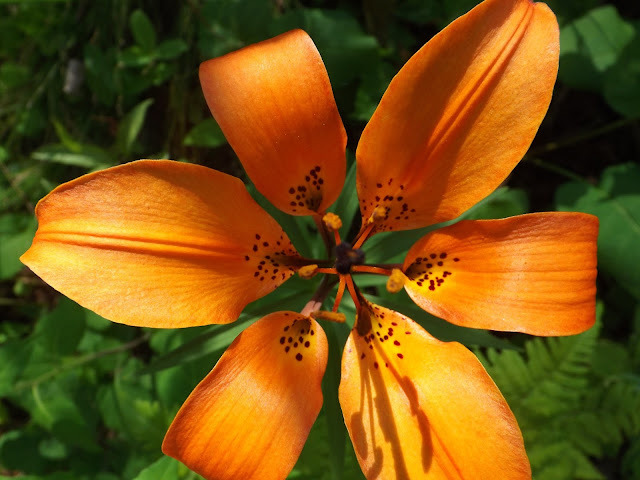 |
| V. cracca flower stalk and fern-like leaves |
This is my specimen photo of cow vetch (fr. vesce craque, pois à crapauds), vicia cracca. It is a very hardy, invasive plant, considered a weed where it isn't native. Though it isn't native to Canada, in this environment it isn't particularly problematic. Cow vetch, being a meadow flower, has limited scope in a mostly wooded area like the one where I photographed this plant. It can be problematic as an invasive plant, but it is an excellent fixer of nitrogen, so it's not entirely bad, either. The difficulty with this plant is in its tendency to spread aggressively, choking and eventually squeezing out other plants.
 |
| V. cracca flower stalk |
I took a stroll this morning with my father to identify two shrubs, the berries of which seem to be particularly attractive to birds; yesterday, we spotted a cedar waxwing on one of them. This area is mostly too dense and forested for cedar waxwings, so it was a nice sight. The plant that attracted it was a red elderberry (fr. sureau rouge), sambucus racemosa.
Also, my parents adopted kittens recently. They're brothers, and close to 4 months old now. Here's a picture of them spooning. Just for the cute.
 |
| Leo (orange) and Noirot (black) |


